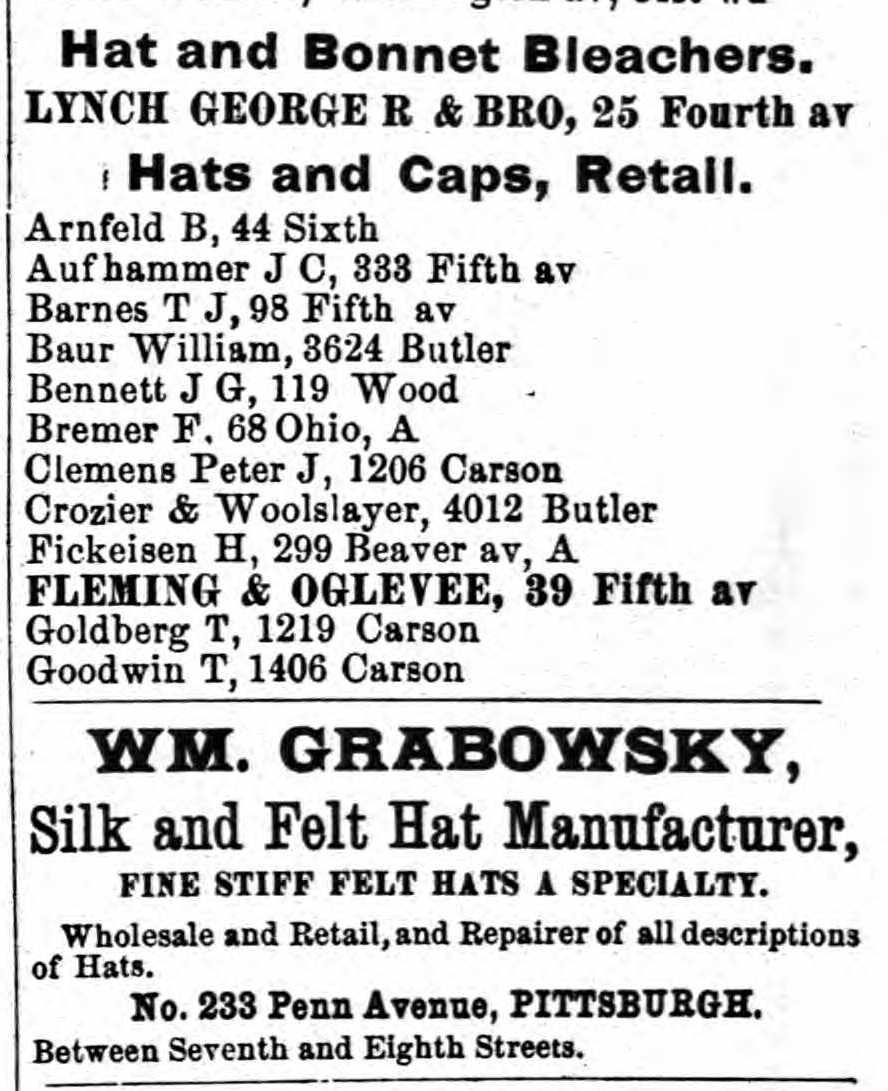When Amazon recently announced the creation of Vella, their new serial fiction offering, I shrugged. I have enough trouble writing one chapter of my WIP per week. Committing to a chapter every day or two just isn’t going to work for me.
In any case, I don’t trust Amazon. I tried to make sense out of their payment policies and it seemed pretty clear that to make any money at all, you’d need to pull in a huge number of readers. Basically, you’ll make about 15 cents per reader, for a 3,000 word episode. (Episode lengths can vary from 6,00 to 5,000 words, with cost to the user proportional to the number of words.) If you wrote a 30,000 word novella (just as an example), serialized it, and one person read all ten episodes, you’d make approximately $1.50. Actually, though, you’re required to provide at least the first three episodes free. So really you’re looking at $1.05 for the entire book.
I would normally price a 30K novella at $2.99. At Amazon’s 70% royalty rate, that’s $2.09 per copy. Tell me again how this is a good deal for writers, please?
In addition, the 15 cents is an upper limit. Amazon will bundle the tokens needed to unlock episodes. The larger the bundle a reader purchases, the better the deal for the reader – and the smaller the value of the individual tokens to the author.
Given this analysis, I was ready to dismiss the entire notion of serialized fiction. Then I got an email from one of my publishers, indicating that they planned to serialize several of my novels on the Radish platform, an independent serialization app.
https://www.radishfiction.com/about/
That got my attention. It turns out that my contracts with this publisher do include serial rights. Furthermore, Radish sounds a lot more interesting than Amazon. Though there’s precious little information on payment available on their site, it’s clear that they support serializing previously published work (though I’d assume they pay less). Furthermore they’re actually looking to commission authors to create serialized stories for hire.
https://writersweekly.com/paying-markets/radish-fiction
The pay here is quite good: $50 per 1,000-1,500 words, better than a Cleis anthology. Of course I don’t know what the rights situation would be, though I would expect in this case the rights would belong to Radish. One question I’d have is whether you’d get an author credit. If so, you might be able to get some spill over to your other books.
Radish has been funded by some venture heavy weights, so maybe they can actually compete with Amazon.
https://techcrunch.com/2020/08/04/radish-softbank-kakao/
I have to admit, I’m not fond of the vision promulgated by Radish, of people “consuming” bite-sized chunks of story on their phones while they’re riding on the bus or standing in line in the supermarket. To me this seems to defeat the whole purpose of reading, which is to take some time away from reality and get lost in a fictional world. I also worry that slicing and dicing a book in this way will do violence to the narrative. You can’t have a gradual build-up of tension in a serial format. Every episode needs to have its own hook and own cliff-hanger ending. And I imagine you can’t really rely on readers remembering much from one episode to the next (though perhaps its possible to go back and re-read previously consumed episodes).
Do we really need reading to become like TV? Have people lost the ability to pay attention for anything longer than ten minutes?
I’m probably just being an old-fashioned curmudgeon. Indeed, serial fiction has a long and illustrious history. Some of my favorite Victorian authors including Arthur Conan Doyle and Wilkie Collins originally published their work in serialized form. Alexandre Dumas released The Count of Monte Christo in 139 installments!
So I suppose this can be considered as the latest instantiation of an honored literary tradition. I find that slightly reassuring – though only slightly.
In fact, I’m considering whether to personally get my feet wet with Radish. I have a half-completed novel that’s been going nowhere for years, a paranormal erotic romance that seems to match the sort of content Radish might be looking for. If I have the time this summer, I might try breaking it up into episodes and publishing them on Radish. I have at least 30K written, so that will give me a starting backlog. Then maybe this will kick me into gear to finish the book!
One question that remains unanswered is whether Vella or Radish will accept explicit erotica, as opposed to romance. One would think that erotic content would be a natural for this format, but I haven’t seen any statement about this anywhere.
Maybe that’s another experiment I could try – or maybe one of you who is more prolific than I am might explore that issue.
If you do, let us know what you find out!









